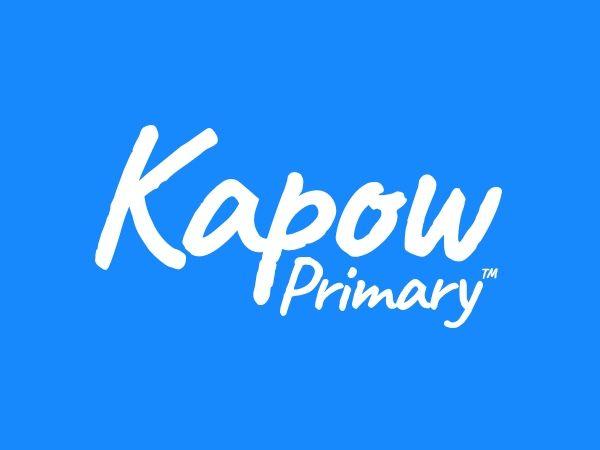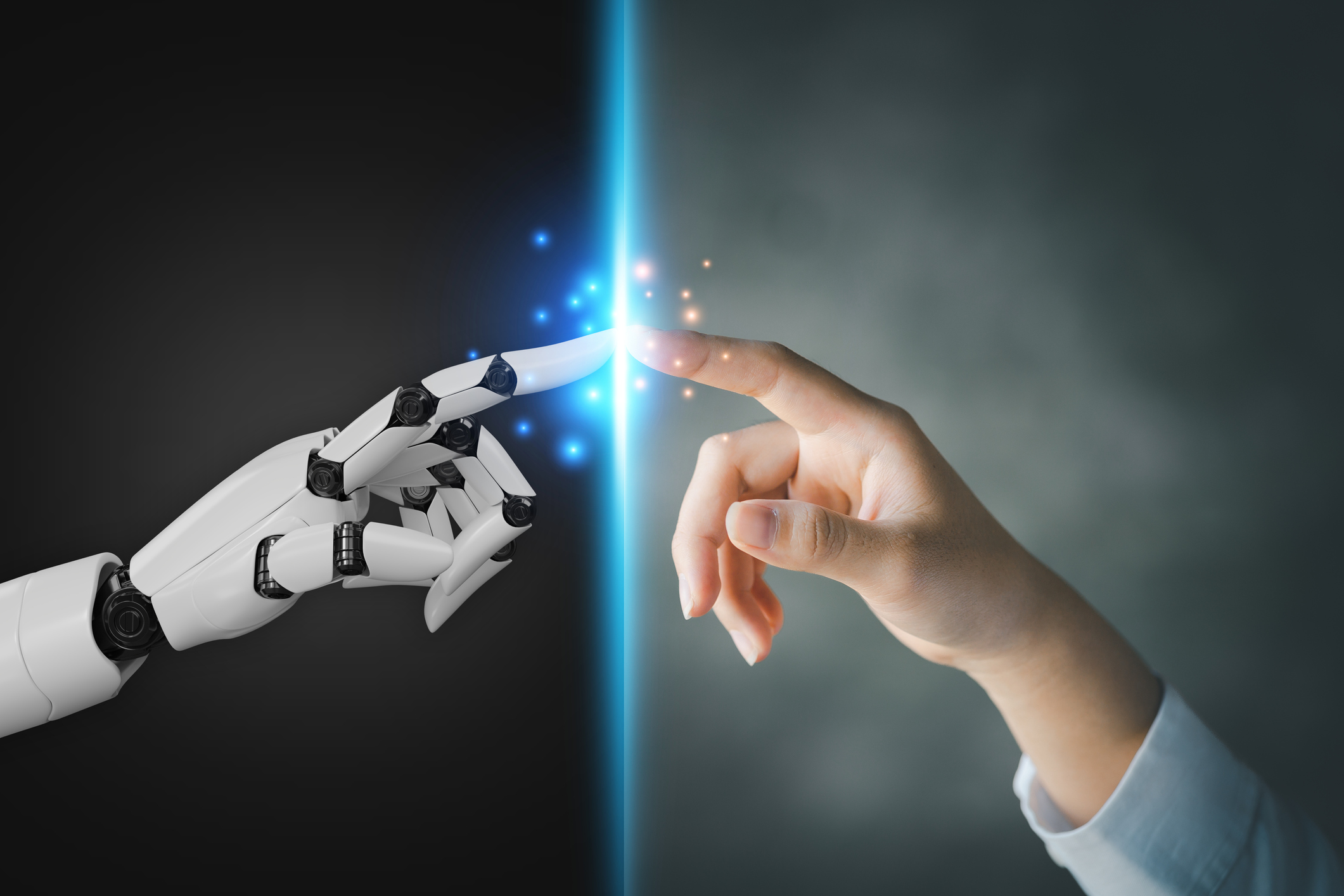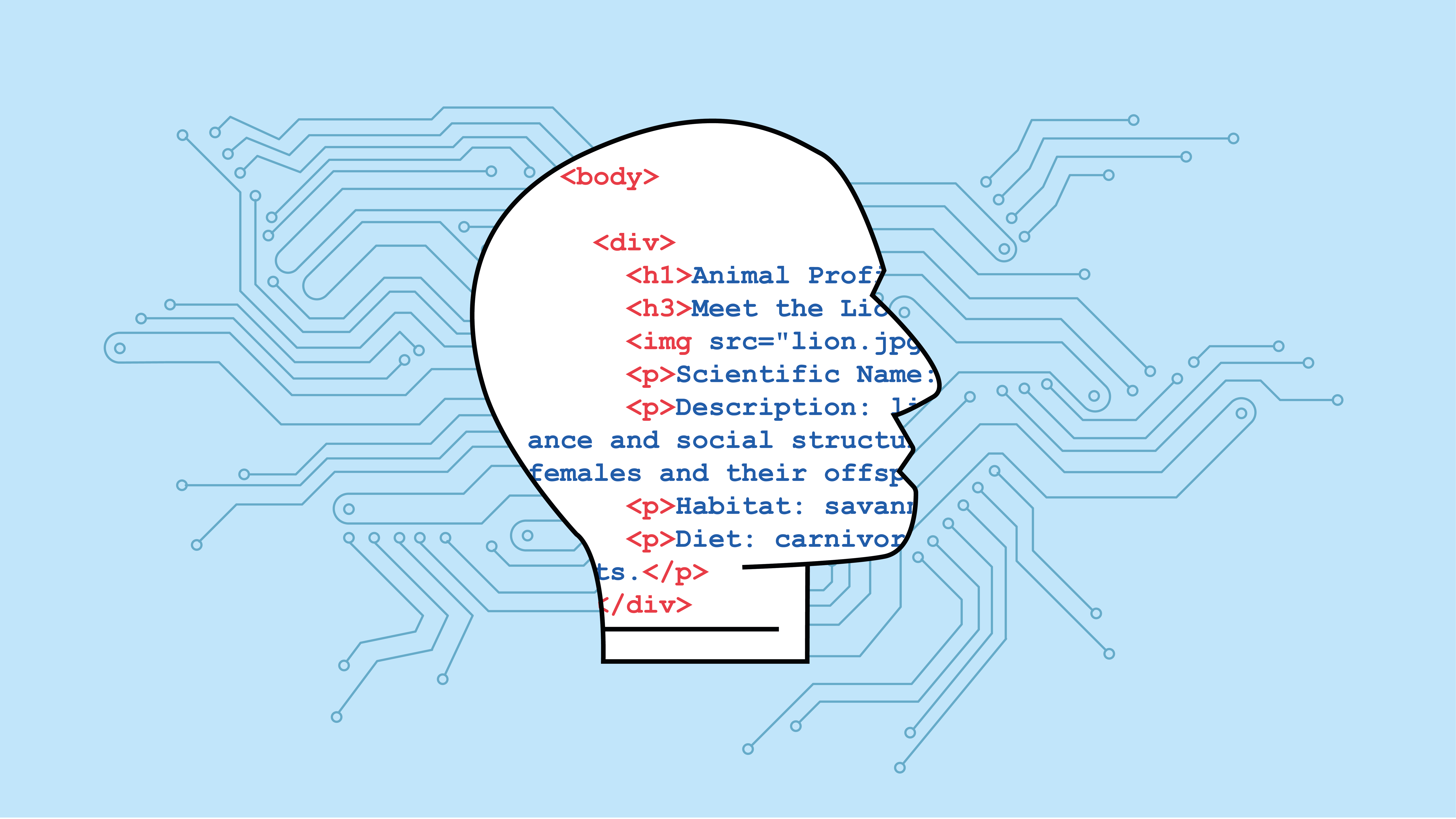Learning objective
- To explore the basics of AI.
Success criteria
- I can explain what AI is.
- I can identify real-life applications of AI that we use daily.
- I can discuss how AI can contribute to sustainability.
National curriculum
Computing
Pupils should be taught to:
- Understand computer networks including the internet; how they can provide multiple services, such as the world wide web; and the opportunities they offer for communication and collaboration.
- Use search technologies effectively, appreciate how results are selected and ranked, and be discerning in evaluating digital content.
Cross-curricular links
None.
Before the lesson
Check all images, videos, links and presentation slides are suitable for your class.
- Presentation: Spot the AI solution.
- Devices with internet access (optional – see Adaptive teaching).
- Link: Assessment: Computing Y6: Exploring AI (optional – see Attention grabber).
Print in advance of the lesson.
The Knowledge organiser provides a visual summary of the key facts and vocabulary for the unit. The children can use it throughout the unit to check keyword meanings or spellings and to help them remember important information when completing an activity. Find further ideas for using the Knowledge organiser to support adaptive teaching here.
Subject knowledge
Spot the AI solution
Use the following AI solution ideas to support your class if needed. Highlight how AI can intelligently manage everyday tasks, making life more convenient and efficient.
AI in the kitchen
- Rubbish overflowing: smart bin sensor. Explain that an AI-powered smart bin sensor uses sensors to detect when the bin is full and sends alerts to remind it to be emptied, helping to keep the space clean and organised.
- Leaking tap: leak detection sensor. Explain that an AI-driven leak detection sensor monitors water flow and instantly notifies of leaks, helping to prevent water waste and potential damage.
- Unwashed dishes: smart dishwasher assistant. Explain that a smart dishwasher assistant uses AI to analyse the dish load and energy usage, recommending the best time to run the dishwasher for optimal efficiency and convenience.
- Expired food: smart refrigerator with inventory management. Explain that an AI-equipped smart refrigerator tracks food items and their expiration dates, sending reminders to use or dispose of items before they go bad, reducing food waste.
AI in the bedroom
- Lights on: smart lighting system. Explain that an AI-powered smart lighting system uses motion sensors and pattern recognition to detect when a room is empty, automatically turning off lights to save energy.
- PC on: smart power management. Explain that an AI-driven smart power management system monitors usage patterns and automatically shuts down or puts the PC into sleep mode when it detects inactivity, reducing energy waste.
- Clothes on the floor: smart room organiser. Explain that a smart room organiser with AI can detect clutter and send reminders to tidy up or suggest storage solutions to keep the room organised.
- Curtains open: smart curtain system. Explain that a smart curtain system uses AI to adjust curtains based on the time of day, weather and sunlight patterns, automatically opening them in the morning to let in natural light and closing them in the evening for privacy.
- Bed unmade: smart bed reminder. Explain that an AI-based smart bed reminder can use sensors or routines to detect when the bed is unmade and send reminders or notifications, encouraging the bed to be made.
Lesson plan
1: Recap and recall
Before starting this unit, check the children can recall:
- How search engines work and the process they use to find and rank information.
- Different reasons why codes are used and how to decode simple messages.
- Key historical figures in computer science and their contributions.
- Techniques for making presentations engaging and interesting for an audience.
- How to use audio editing software to create simple audio adverts with basic edits.
2: Attention grabber
Optional: provide each child with a copy of the Knowledge catcher (see link: Assessment: Computing Y6: Exploring AI) and ask them to complete it to the best of their ability. Explain that at the end of the unit, they will revisit it, adding more information in a different colour.
Ask the children:
- What is AI? (The children may know that it stands for Artificial Intelligence).
Discuss the children’s thoughts and ideas and ask the children to share their experiences with AI, such as voice assistants like Siri or Alexa. Explain that AI stands for Artificial Intelligence and is a computer that can think and learn in ways similar to humans.
Arrange the children in groups of four and hand out the Resource: Sorting images (pre-cut, one set per group). Ask the children to sort the images into groups without telling them specific criteria, such as food, animals, etc. Allow time for the children to complete the activity.
Explain to the children that AI learns similarly to human brains. Inform them that humans may need many examples and lots of practice to be able to categorise information accurately and that AI also needs plenty of data to learn patterns. Just as human brains use past experiences to make decisions, AI uses the data it has been trained on to analyse a question or situation and make predictions.
Ask each group to explain the criteria they used for sorting. Discuss how they decided on their sorting criteria and compare this to how AI algorithms sort data based on learnt patterns and features.
- How did you decide on the categories for sorting the images? (The children may suggest that they looked for common features.)
- How do you think AI might use similar patterns to sort data? (AI looks for patterns and similarities in the data it has been trained on, just like the children looked for common features in the images.)
- Why does AI need large amounts of data to learn patterns effectively? (AI needs many examples to recognise and understand the patterns, just as humans need to see many examples to learn something new.)
- How can AI recognise objects in images? (AI learns to recognise objects by being trained on millions of labelled images. It helps it learn the features that distinguish different objects.)
3: Main event
Watch the Pupil video: What is AI?
Pupil video: What is AI?
Discuss the following with the children based on the video:
- Have you ever used voice assistants?
- What do you ask them to do?
- How does it feel when a game or app seems to know what you like?
- What examples of AI did you find most surprising or interesting?
Creating a new AI use
Arrange the children in pairs and hand out whiteboards and pens. Explain to the children that they will explore how AI is used in different situations and think creatively about new sustainable AI applications.
Display slide 1 of the Presentation: Spot the AI solution and ask the children to identify a problem in the kitchen where AI could be useful (see Teacher knowledge).
Presentation: Spot the AI solution
Click on one of the suggested scenarios (for example, the leaking tap or unwashed dishes) and instruct the children to write down a possible AI solution. Ask them to hold up their whiteboards and discuss their suggestions for a solution (for example, a leak detection sensor or a smart dishwasher assistant – see Teacher knowledge). Repeat for each scenario on slide 1. Proceed to slide 2 and repeat the activity to identify AI solutions within the bedroom.
Hand out the Activity: AI solutions (one sheet between two). Explain to the children that they will create a new use for AI for their given scenario. Encourage them to think about how AI works, what data it needs and how it benefits people.
Before they begin the task, explain that human thinking can sometimes prioritise creativity and emotions, whereas smart technology usually focuses on data processing and pattern recognition. Ask the children to consider why some tasks might be better suited for humans and others for AI.
4: Wrapping up
Join two pairs with the same AI scenario from the Activity: AI solutions. Ask them to share and compare their AI solutions and discuss the similarities and differences. Take feedback on any new ideas or insights they gained from seeing the other group’s work.
Extended-mode explainer videos
How to extend your display to view the lesson page and preseantion mode simultaneously. Choose your operating system below to watch the video
If you need further support with extending your display,
please contact [email protected].
Extended-mode explainer video: For Mac
Extended-mode explainer video: For Windows
Adaptive teaching
Pupils needing support
Should use the internet to support generating ideas for a new AI solution; could rewatch the Pupil video: What is AI? to support understanding the concept of AI.
Pupils working at greater depth
Should consider the strengths and weaknesses of each application; could write an explanation of how the AI would function in their sustainable solution.
Assessing progress and understanding
Pupils with secure understanding indicated by: explaining what AI is and its basic functions; identifying real-life applications of AI that are commonly used in everyday life; discussing how AI can contribute to sustainability and its role in energy efficiency and waste reduction.
Pupils working at greater depth indicated by: identifying multiple real-life applications of AI that are commonly used in everyday life and explaining their purpose; demonstrating a deeper understanding of how AI can play a significant role in the environment.
Vocabulary definitions
-
AI
Artificial Intelligence is the technology that enables machines to think and learn like humans.
-
algorithm
A set of steps to solve a problem or perform a task.
-
applications
Ways in which technology or software is used to perform tasks.
-
learn
To gain knowledge or skills through study, experience or teaching.
-
patterns
Regular and repeated ways in which something happens or is done.
-
trained
Taught or conditioned to perform a task or behave in a certain way through practice or instruction.





